The Japan Rail Pass, commonly referred to as the JR Pass, is a special travel pass that offers unlimited travel on the Japan Railways (JR) network for a specified period, typically ranging from 7 to 21 days. This pass is designed primarily for foreign tourists and provides an economical way to explore Japan’s extensive rail system, which is known for its punctuality, efficiency, and comfort. The JR Pass covers a wide array of train services, including the famous Shinkansen (bullet trains), limited express trains, and local trains, making it an invaluable asset for travelers looking to traverse the country.
One of the most appealing aspects of the JR Pass is its flexibility. Travelers can hop on and off trains at their convenience, allowing for spontaneous adventures and exploration. The pass also includes certain ferry services, such as the ferry to Miyajima Island, and some bus services in specific regions.
This comprehensive coverage makes the JR Pass not just a ticket for transportation but a gateway to experiencing Japan’s diverse landscapes, vibrant cities, and rich cultural heritage.
Key Takeaways
- The JR Pass is a cost-effective rail pass for tourists visiting Japan
- Purchase the JR Pass online or through authorized sales agents before arriving in Japan
- The JR Pass can be used on most JR trains, including the Shinkansen (bullet train) and local lines
- Use the JR Pass to explore Tokyo’s extensive train network and visit popular attractions
- Visit Kyoto, Osaka, Hiroshima, Miyajima, Nara, and other cities using the JR Pass for convenient and affordable travel
- Use the JR Pass to explore Hokkaido’s natural beauty and visit popular tourist destinations
- Explore the historic city of Nara and visit iconic Mount Fuji using the JR Pass
- Experience traditional culture in Kanazawa and other off-the-beaten-path destinations with the JR Pass
- Plan your itinerary carefully to make the most of your JR Pass, including making seat reservations for Shinkansen travel
How to purchase a JR Pass
Purchasing a JR Pass can be done in several ways, catering to different preferences and travel plans. The most common method is to buy an exchange order online before arriving in Japan. Various authorized vendors offer this service, allowing travelers to select the duration of their pass and pay in advance.
Once in Japan, travelers can exchange their order for the actual JR Pass at designated JR offices located in major airports and train stations. This process is straightforward and typically takes only a few minutes. Alternatively, travelers can purchase the JR Pass directly in Japan at select JR ticket offices; however, this option is generally more expensive than buying it beforehand.
It’s important to note that the JR Pass is exclusively available for foreign tourists who enter Japan on a short-term visa. Therefore, it’s essential to have your passport handy when purchasing or exchanging your pass. Additionally, travelers should consider their itinerary carefully to determine which duration of the pass best suits their travel plans, as the cost-effectiveness of the JR Pass increases with longer travel periods.
Using the JR Pass for transportation

Once you have your JR Pass in hand, using it for transportation throughout Japan is a seamless experience. The pass allows unlimited travel on most JR trains, including the Shinkansen, which connects major cities at remarkable speeds. For instance, a trip from Tokyo to Osaka on the Shinkansen takes approximately two and a half hours, making it an efficient option for those looking to maximize their time in Japan.
To board a Shinkansen or any other train covered by the JR Pass, travelers simply need to show their pass at the ticket gate. In addition to Shinkansen services, the JR Pass covers various local and express trains that connect smaller towns and rural areas. This feature enables travelers to explore off-the-beaten-path destinations that may not be accessible by other means of transportation.
For example, taking a local train from Kyoto to Nara allows visitors to experience the scenic countryside while enjoying the convenience of the JR network. Furthermore, many stations provide English signage and announcements, making navigation easier for non-Japanese speakers.
Exploring Tokyo with the JR Pass
| Day | Activities | Transportation |
|---|---|---|
| Day 1 | Visit Asakusa Shrine, Senso-ji Temple, and Nakamise Shopping Street | JR Yamanote Line |
| Day 2 | Explore Meiji Shrine and Harajuku district | JR Yamanote Line |
| Day 3 | Discover the Imperial Palace and East Gardens | JR Chuo Line |
| Day 4 | Visit Ueno Park and Tokyo National Museum | JR Yamanote Line |
| Day 5 | Explore Akihabara district and Tokyo Skytree | JR Yamanote Line |
Tokyo, Japan’s bustling capital, is a city that perfectly blends tradition with modernity. With the JR Pass, exploring this vibrant metropolis becomes an effortless endeavor. The Yamanote Line, a circular train line that connects many of Tokyo’s major districts such as Shibuya, Shinjuku, and Akihabara, is entirely covered by the JR Pass.
This line serves as an excellent starting point for visitors looking to experience Tokyo’s diverse neighborhoods. Beyond just transportation, the JR Pass allows travelers to access iconic attractions with ease. For instance, a short ride on the Yamanote Line can take you to Ueno Park, home to several museums and beautiful cherry blossoms in spring.
Additionally, visitors can venture to Tokyo Station to explore its historic architecture and enjoy shopping at the adjacent Marunouchi area. The pass also facilitates day trips from Tokyo; for example, a quick journey to Nikko or Kamakura can be easily accomplished using the JR network.
Visiting Kyoto and Osaka with the JR Pass
Kyoto and Osaka are two cities that showcase Japan’s rich cultural heritage and culinary delights. With the JR Pass, traveling between these two cities is not only convenient but also cost-effective. The Shinkansen connects Kyoto and Osaka in just about 15 minutes, allowing travelers to experience both cities in a single day if desired.
In Kyoto, visitors can explore ancient temples such as Kinkaku-ji (the Golden Pavilion) and Fushimi Inari Taisha with its iconic torii gates. The JR Pass also covers local trains that can take you to Arashiyama, where you can stroll through the enchanting bamboo grove or visit the Iwatayama Monkey Park. Meanwhile, Osaka offers its own unique attractions; from the bustling streets of Dotonbori filled with neon lights and street food stalls to Osaka Castle’s historical significance.
The pass makes it easy to hop between these two culturally rich cities without worrying about individual ticket costs.
Traveling to Hiroshima and Miyajima with the JR Pass
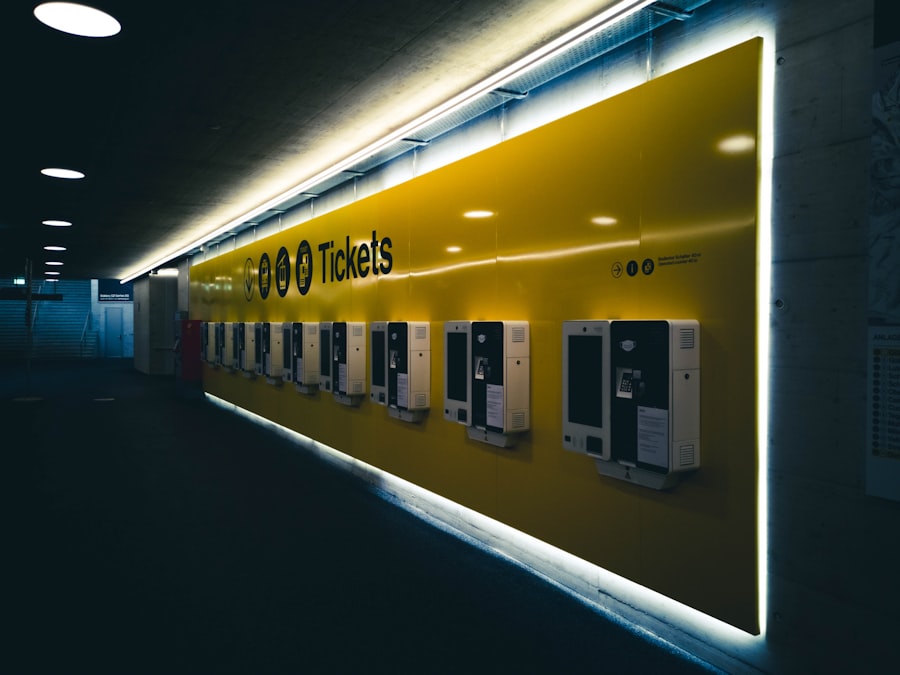
Hiroshima is a city steeped in history and resilience, making it a must-visit destination for anyone traveling in Japan. The JR Pass allows for seamless travel from major cities like Osaka or Kyoto directly to Hiroshima via the Shinkansen. Upon arrival in Hiroshima, visitors can explore the Peace Memorial Park and Museum, which commemorate the victims of the atomic bombing in 1945.
A short ferry ride from Hiroshima takes you to Miyajima Island, famous for its floating torii gate at Itsukushima Shrine. The ferry service is included with the JR Pass, making it easy for travelers to experience this picturesque island without additional costs. Once on Miyajima Island, visitors can hike up Mount Misen for breathtaking views or enjoy local delicacies such as grilled oysters and momiji manju (maple leaf-shaped cakes filled with red bean paste).
The combination of Hiroshima’s poignant history and Miyajima’s natural beauty creates an enriching experience that is easily accessible with the JR Pass.
Discovering the natural beauty of Hokkaido with the JR Pass
Hokkaido, Japan’s northernmost island, is renowned for its stunning landscapes and outdoor activities throughout all seasons. The JR Pass provides access to Hokkaido’s extensive rail network, making it convenient for travelers seeking adventure in this picturesque region. From Sapporo, Hokkaido’s capital city known for its annual snow festival and delicious ramen, visitors can easily reach other scenic spots like Otaru or Furano.
In winter, Hokkaido transforms into a snowy wonderland perfect for skiing and snowboarding enthusiasts. Resorts such as Niseko attract international visitors with their world-class powder snow and vibrant après-ski culture. In summer, Hokkaido offers lush greenery and flower fields; places like Biei are famous for their rolling hills adorned with colorful blooms.
The JR Pass allows travelers to explore these seasonal wonders without worrying about transportation logistics.
Exploring the historic city of Nara with the JR Pass
Nara is often overshadowed by its more famous neighbors like Kyoto and Osaka but offers a wealth of historical significance and natural beauty that should not be missed. Just a short train ride from either city using the JR Pass makes Nara an ideal day trip destination. Upon arrival, visitors are greeted by Nara Park, home to hundreds of free-roaming deer that are considered sacred messengers in Shinto belief.
Within Nara Park lies Todai-ji Temple, housing one of Japan’s largest bronze Buddha statues—an awe-inspiring sight that draws visitors from around the world. The park also features other significant temples such as Kasuga-taisha Shrine with its beautiful lanterns and serene atmosphere. Exploring Nara provides an opportunity to immerse oneself in Japan’s ancient history while enjoying leisurely walks through its picturesque landscapes.
Visiting the iconic Mount Fuji with the JR Pass
Mount Fuji stands as Japan’s most iconic symbol and is a bucket-list destination for many travelers. The JR Pass facilitates easy access to this majestic mountain from Tokyo or other nearby cities like Yokohama or Nagoya. Travelers can take a Shinkansen or limited express train to reach stations such as Shin-Fuji or Kawaguchiko Station, which serve as gateways to Mount Fuji.
Once at Mount Fuji, visitors have various options for exploration. The Fuji Five Lakes area offers stunning views of the mountain reflected in serene lakes while providing opportunities for hiking and outdoor activities during warmer months. For those seeking a more adventurous experience, climbing Mount Fuji itself is possible during the official climbing season from early July to early September.
The breathtaking vistas from its summit reward climbers with an unforgettable experience that embodies Japan’s natural beauty.
Experiencing the traditional culture of Kanazawa with the JR Pass
Kanazawa is often referred to as a hidden gem in Japan due to its well-preserved historical districts and rich cultural heritage. With the JR Pass in hand, travelers can easily reach Kanazawa from cities like Tokyo or Kyoto via limited express trains. Once there, visitors can immerse themselves in traditional Japanese culture by exploring attractions such as Kenrokuen Garden—one of Japan’s most beautiful gardens—and Kanazawa Castle.
The city is also known for its artisan crafts; visitors can witness gold leaf production or try their hand at traditional crafts like pottery or silk dyeing through workshops available throughout Kanazawa. Additionally, exploring the Higashi Chaya District allows travelers to step back in time as they wander through streets lined with traditional teahouses where geisha once entertained guests. Kanazawa offers a unique glimpse into Japan’s past while showcasing its artistic talents.
Tips for maximizing your JR Pass experience
To make the most out of your JR Pass experience, planning ahead is crucial. Familiarize yourself with train schedules and routes using apps or websites that provide real-time information on train services across Japan’s extensive rail network. This knowledge will help you optimize your travel itinerary and minimize waiting times at stations.
Another tip is to consider making seat reservations on popular routes during peak travel seasons or holidays when trains may be crowded. While seat reservations are not mandatory with the JR Pass on most trains, they can enhance comfort during busy travel periods. Additionally, take advantage of regional passes if you plan on exploring specific areas extensively; these passes may offer better value depending on your itinerary.
Lastly, don’t forget to enjoy the journey itself! The scenic views from train windows often provide some of Japan’s most breathtaking landscapes—from coastal vistas along the Sea of Japan to lush mountainscapes in Hokkaido—making every ride an integral part of your travel experience.
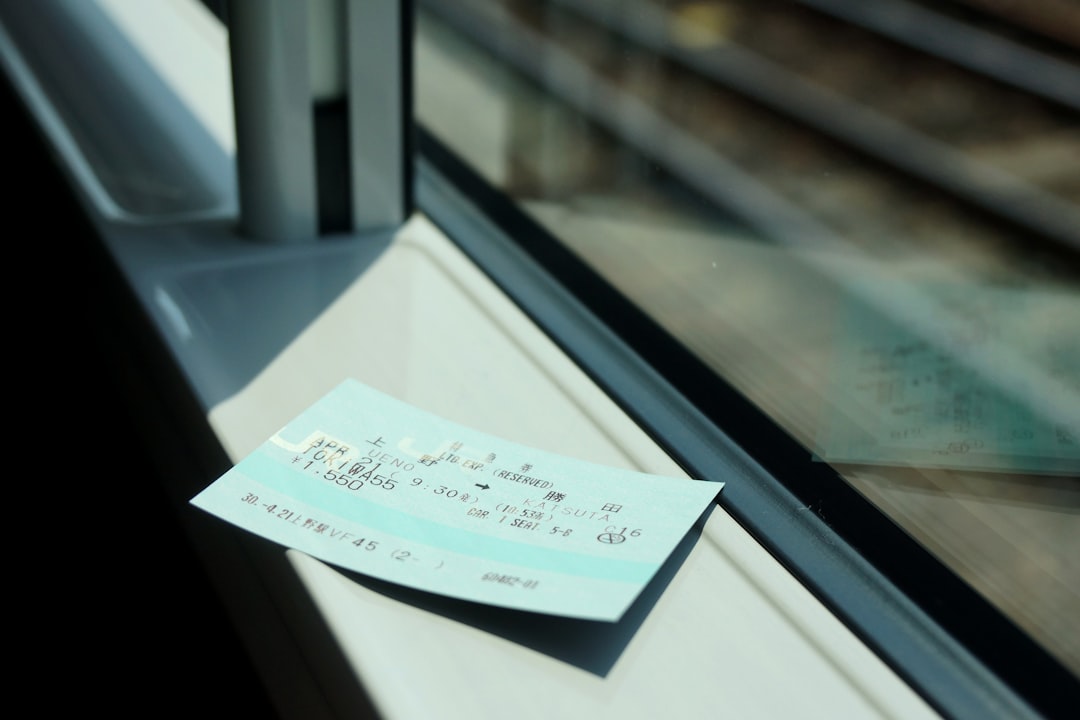
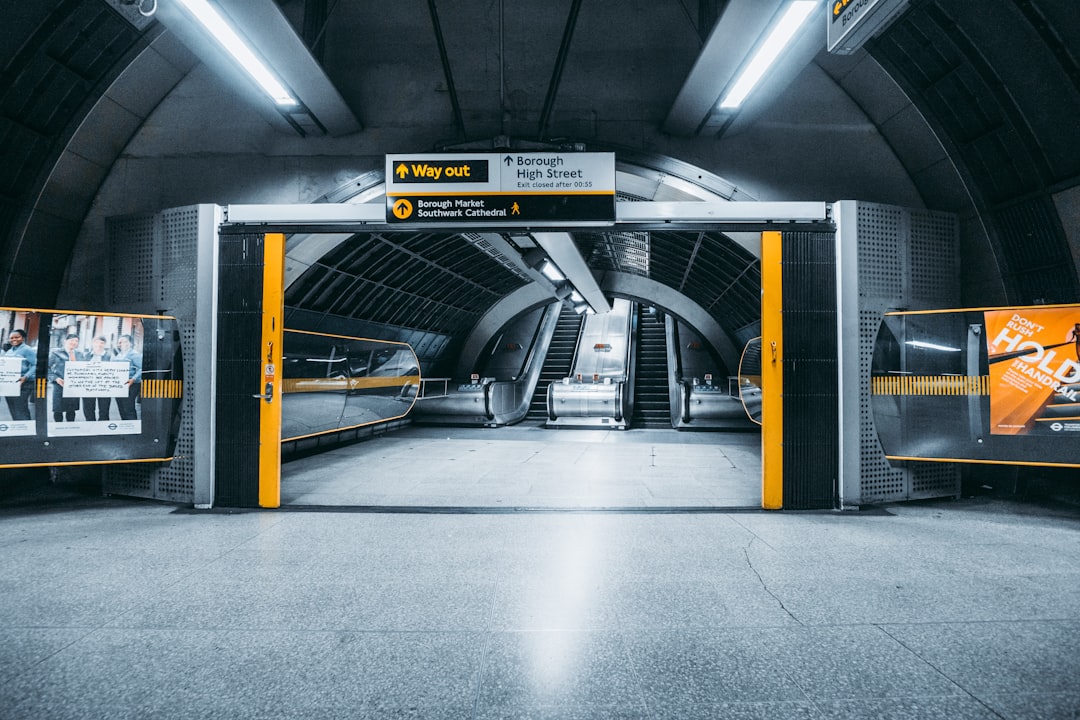

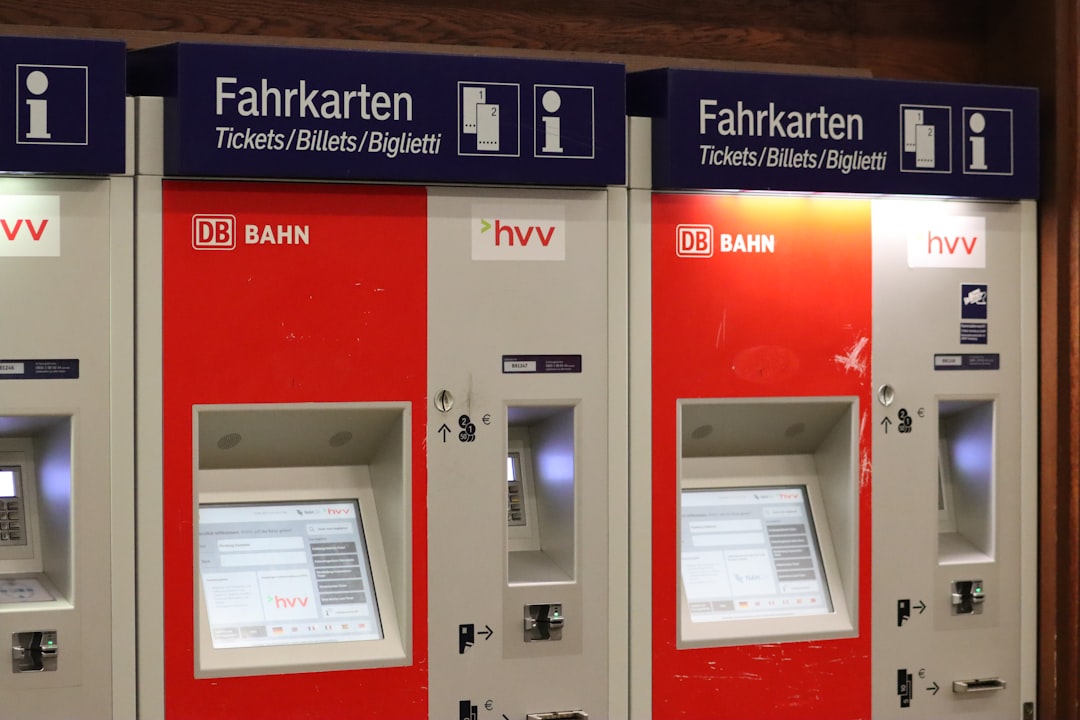
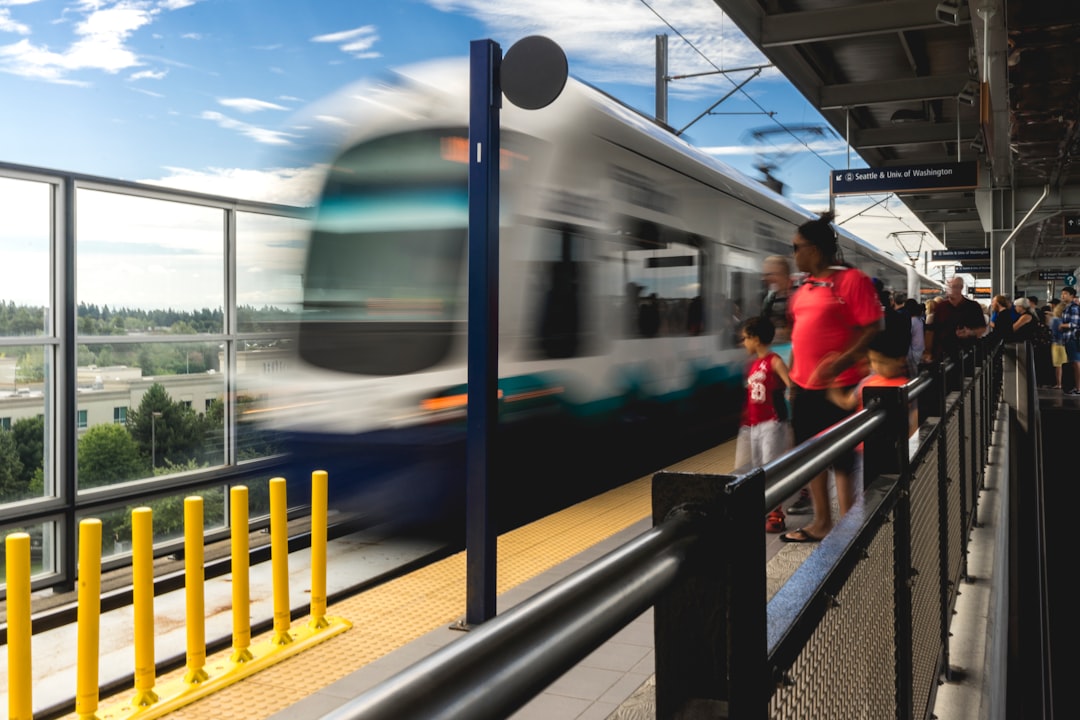
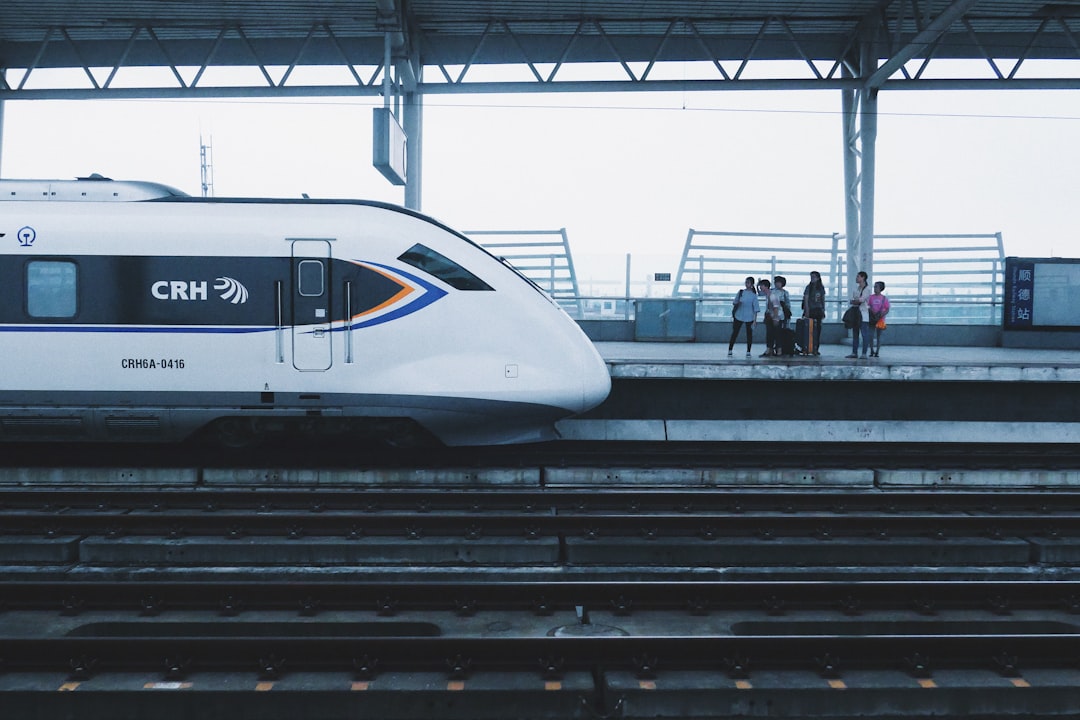
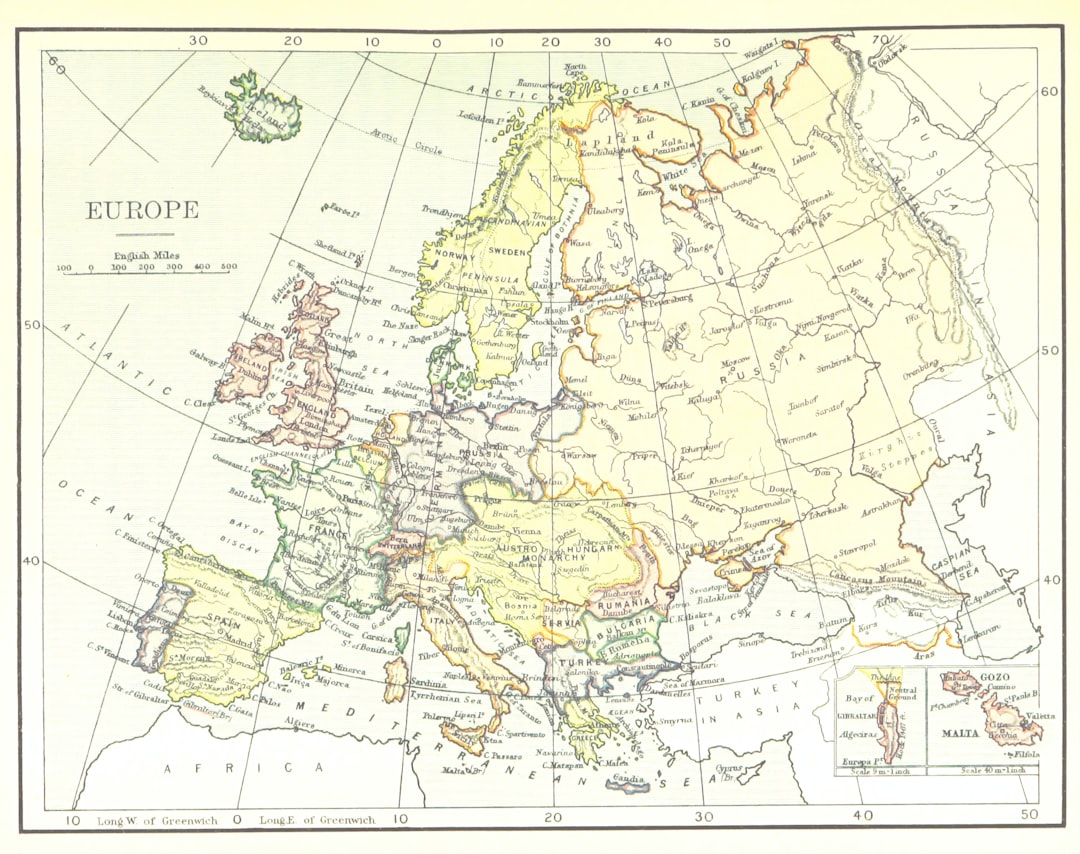
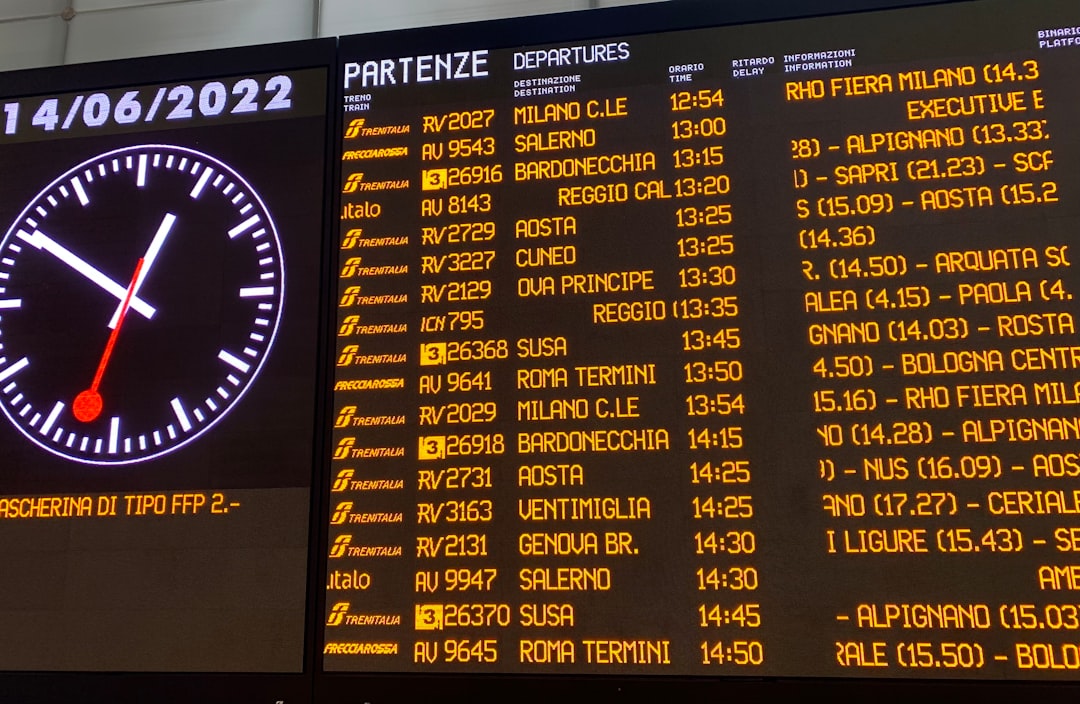



Leave a Reply